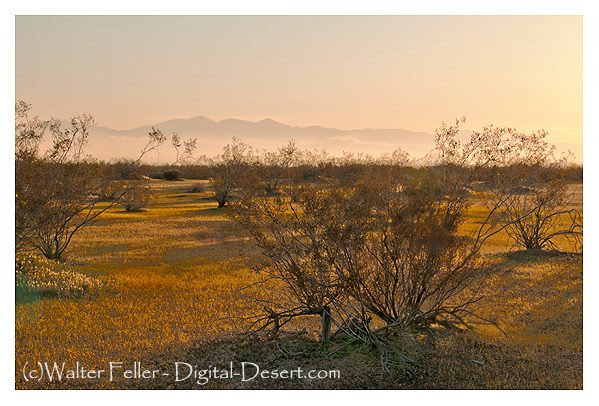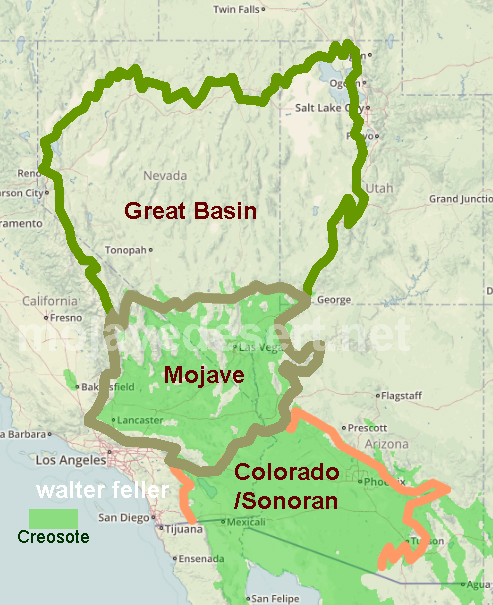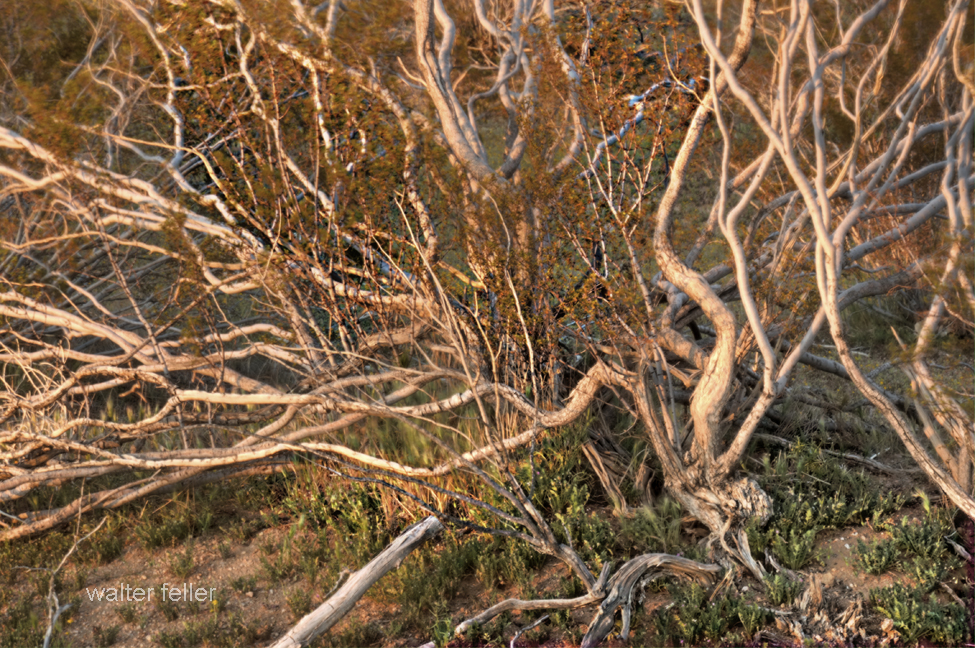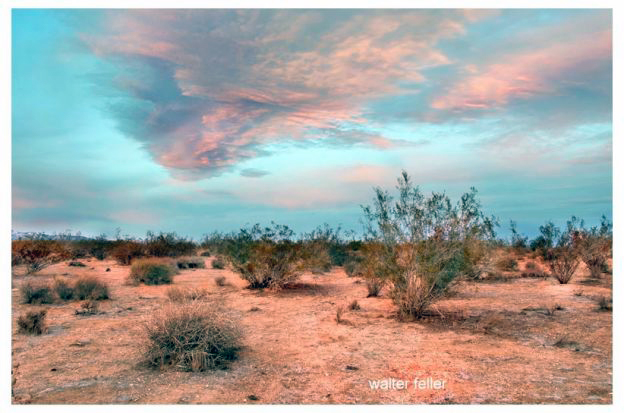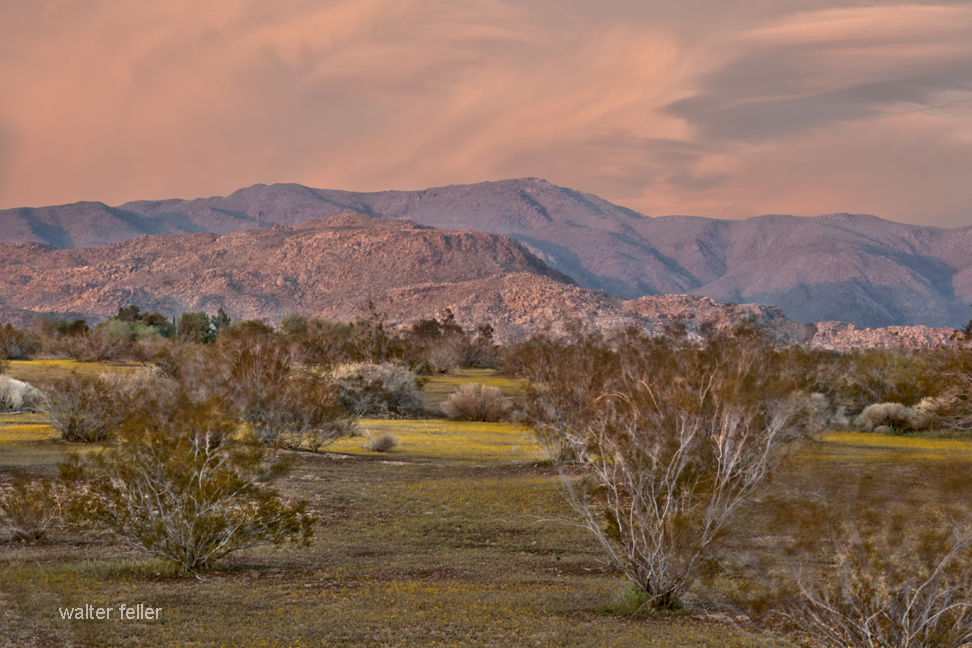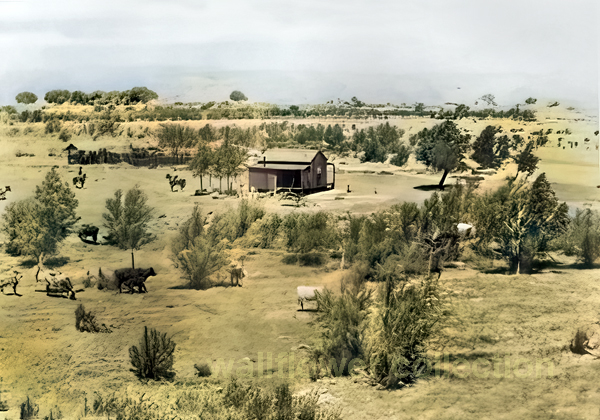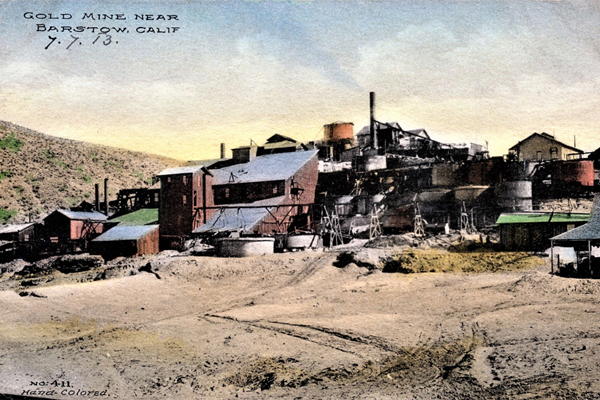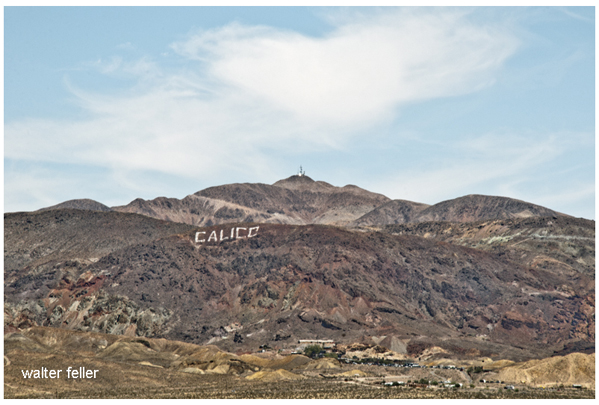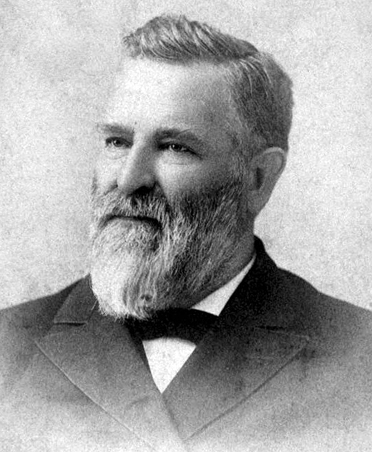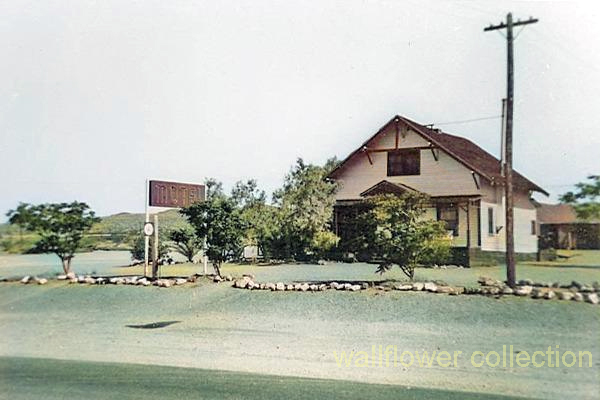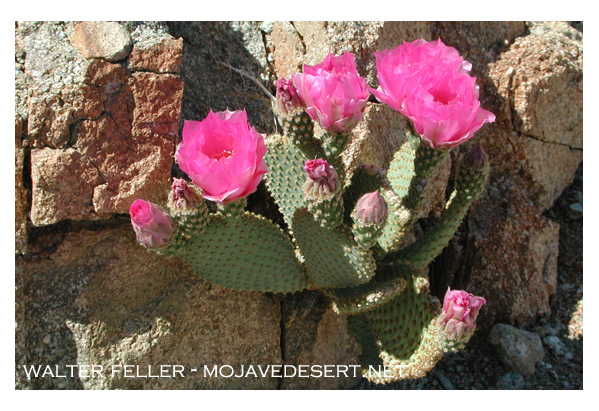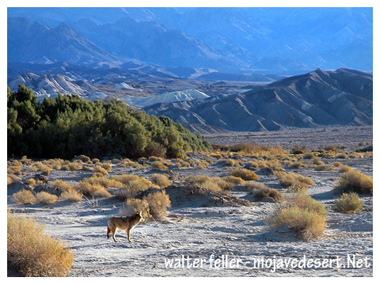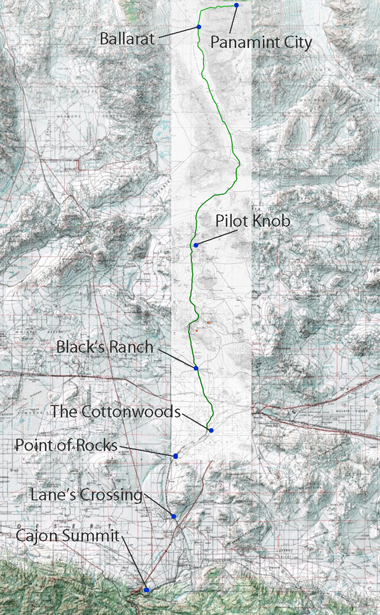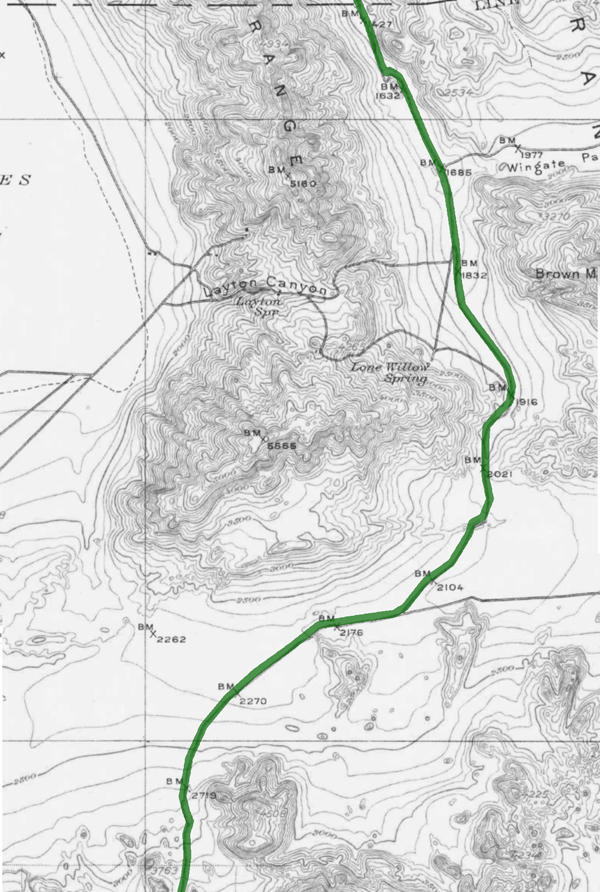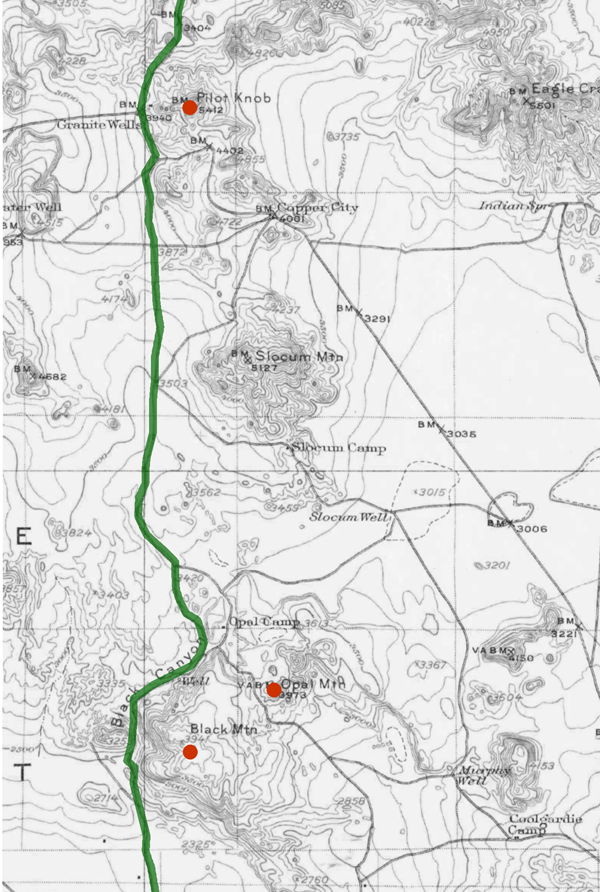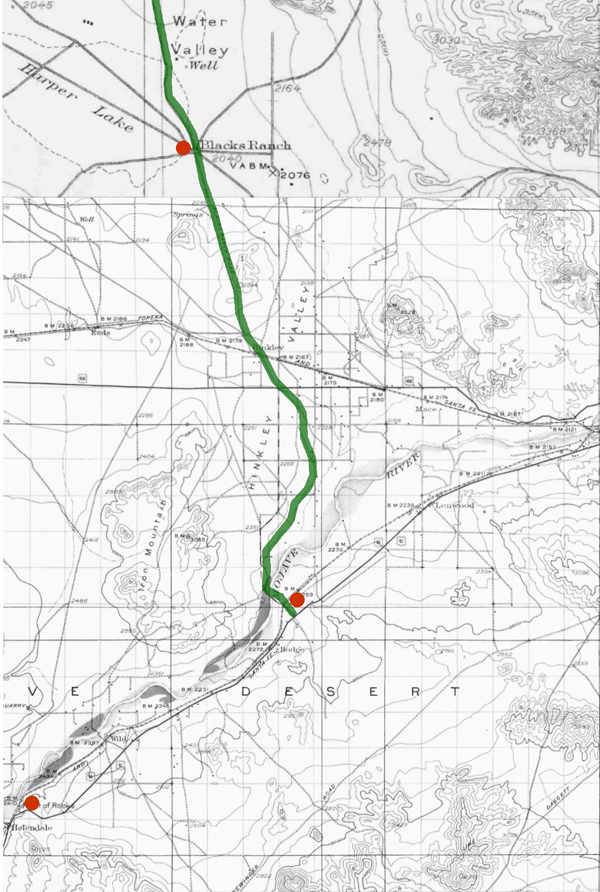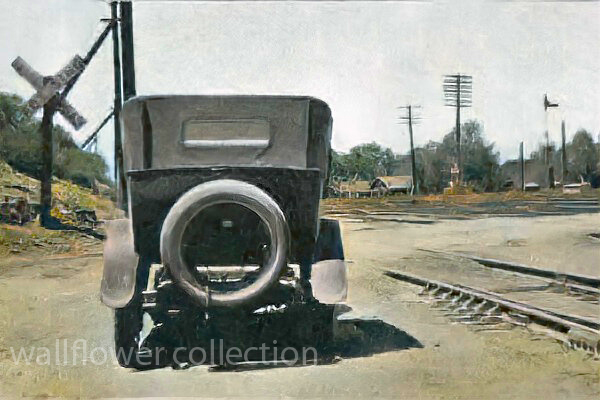Disclaimer
Historical events and figures from the 19th-century American West inspire this fictional account. While specific characters and incidents are invented, they reflect the real dangers and drama experienced by travelers during this period.
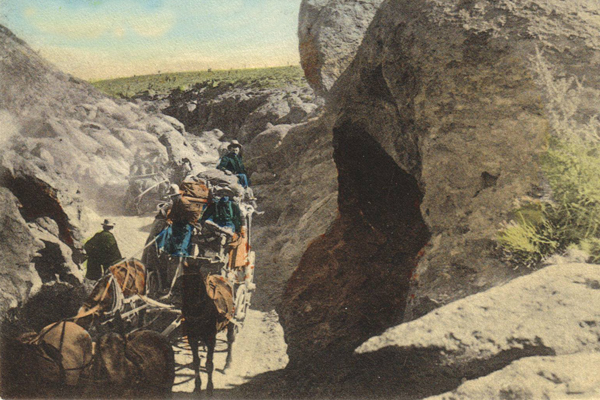
Introduction
The vast and arid expanse of the Mojave Desert, with its rugged terrain and searing heat, served as both a backdrop and a stage for countless stories of adventure, survival, and crime during the 19th century. Among these tales, the ambush and robbery of stagecoaches stand out, epitomizing the lawlessness and danger that travelers faced in this harsh landscape. This narrative delves into the intricacies of one such dramatic incident, highlighting the perilous journey, the cunning of the outlaws, and the subsequent impact on the victims and the broader society.
Setting the Scene: The Mojave Desert
The Mojave Desert, spanning southeastern California, southern Nevada, southwestern Utah, and northwestern Arizona, is characterized by its extreme temperatures, sparse vegetation, and formidable terrain. During the 19th century, this region was a critical corridor for stagecoach routes, vital for communication and transportation. These routes connected burgeoning towns and mining camps, crucial in the United States’ westward expansion. Travelers on these stagecoaches included prospectors, merchants, settlers, and even lawmen, all braving the unforgiving environment in pursuit of fortune, opportunity, or duty.
The Stagecoach and Its Journey
In the summer of 1874, a Wells Fargo stagecoach embarked on a routine yet perilous journey from Los Angeles to Las Vegas. Laden with passengers and valuable cargo, including gold bullion destined for the banks of San Francisco, the stagecoach was a prime target for bandits. The stagecoach driver, an experienced and stoic man named Samuel Hawkins, was well aware of the risks. Accompanying him were two armed guards tasked with protecting the passengers and the precious cargo.
The passengers on this fateful trip included a diverse group: a wealthy miner named John Everhart, a young schoolteacher named Mary Collins, a traveling salesman named Thomas Reid, and an elderly couple, the Whitmans, heading to visit their grandchildren. Each passenger carried their hopes and fears, adding to the tense atmosphere within the coach.
The Ambush
As the stagecoach neared the isolated stretch known as Dead Man’s Pass, a notorious ambush point, Hawkins and his guards heightened their vigilance. Unbeknownst to them, a gang of outlaws led by the infamous bandit known as Black Jack Ketchum had been tracking the coach for days. Ketchum, a former cowboy turned outlaw, was infamous for his ruthless and cunning tactics. He had orchestrated numerous robberies across the Southwest, and his reputation instilled fear in both travelers and lawmen.
The ambush was swift and brutal. As the stagecoach entered a narrow canyon, gunshots rang out, shattering the stillness of the desert. The horses reared in panic as bullets struck the ground around them. Hawkins struggled to maintain control, but the outlaws quickly overpowered the guards. In the ensuing chaos, the stagecoach came to a halt, surrounded by Ketchum and his men.
The Robbery
With practiced efficiency, the outlaws forced the passengers out of the coach onto the hot, dusty ground. Ketchum, a tall and imposing figure with a black bandana covering his face, demanded the gold and any valuables. The passengers, terrified and disoriented, complied, handing over their money, jewelry, and personal belongings. After recognizing resistance’s futility, John Everhart offered up the gold bullion, hoping to avoid further violence.
Despite the tension, Ketchum maintained a perverse sense of decorum, assuring the passengers that no harm would come to them if they cooperated. This promise, however, was tenuous at best, as any hint of resistance would have likely resulted in bloodshed. After securing the loot, the outlaws bound the passengers and stagecoach crew, leaving them stranded in the sweltering desert heat.
Aftermath and Impact
The aftermath of the ambush left the passengers and crew in a dire situation. Bound and dehydrated, they faced the very real threat of succumbing to the elements before help could arrive. Fortunately, a passing group of miners stumbled upon the scene later that day and freed the captives. The miners provided water and escorted the shaken travelers to the nearest town, where they could report the crime and seek medical attention.
News of the ambush spread rapidly, stirring outrage and fear among the local communities. The robbery highlighted the vulnerabilities of stagecoach travel and the need for greater security measures. In response, Wells Fargo increased the number of armed guards on its coaches and began offering substantial rewards for information leading to the capture of outlaws like Ketchum.
The Pursuit of Justice
Law enforcement agencies, spurred by public demand and the lucrative rewards, intensified their efforts to apprehend the culprits. Black Jack Ketchum and his gang became the targets of a relentless manhunt. Over the next few months, several members of the gang were captured or killed in skirmishes with lawmen. Ketchum was eventually apprehended in a dramatic showdown, ending his reign of terror.
The trial of Black Jack Ketchum was sensational, drawing large crowds and extensive media coverage. Convicted of multiple crimes, including the stagecoach robbery, Ketchum was sentenced to hang. His execution marked a significant victory for law enforcement and served as a stark warning to other would-be outlaws.
Legacy of the Ambush
The ambush and robbery of the stagecoach in the Mojave Desert left an indelible mark on the region’s history. It underscored the constant dangers faced by travelers during the westward expansion and the harsh realities of life in the frontier. The incident also led to lasting changes in how stagecoach companies operated, with increased security measures becoming standard practice.
For the passengers and crew involved, the experience was a harrowing reminder of their vulnerability. Many of them carried the psychological scars of that day for the rest of their lives, while others found a renewed sense of resilience and determination. The ambush also entered local folklore, becoming a story told and retold around campfires and in saloons, a testament to the lawlessness and adventure that characterized the American West.
Conclusion
The 19th-century stagecoach ambush in the Mojave Desert vividly illustrates the perils and unpredictability of frontier life. It is a story of survival against the odds, the brutality of outlaws, and the relentless pursuit of justice. As a piece of Western history, it reminds us of the challenges faced by those who ventured into the unknown and the enduring spirit of those who sought to bring order to the lawless expanses of the American frontier.
